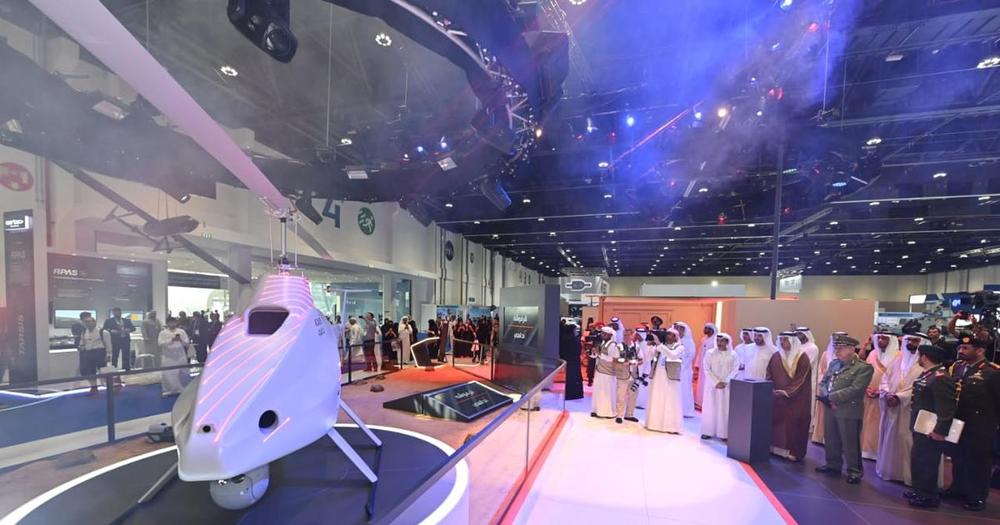
Today’s defense electronics systems rely on radio frequency (RF) mixed-mode electronics – those that integrate RF, analog, and digital circuits onto a single chip – to interface RF signals with digital processors. This technology supports critical communications, radar, and electronic warfare (EW) capabilities, as well as being widely used to support commercial telecommunications. The Department of Defense (DoD) has capability demands that far exceed the requirements of the commercial world in terms of speed, fidelity, capacity, and precision. Current commercial RF mixed-mode systems on a chip (SoCs) are implemented on digital complementary metal oxide semiconductor (CMOS) platforms, a technology that has been used for decades to construct integrated circuits, highly integrated transceivers, microprocessors, and beyond. Despite continued advancement and scaling along the trajectory of Moore’s Law for high integration density, these CMOS platforms are unable to support operations at higher frequencies with larger signal bandwidths and higher resolutions, essentially limiting their use in next-generation mixed-mode interfaces needed for emerging defense RF applications.
To advance RF mixed-mode interfaces beyond current limitations, DARPA established the Technologies for Mixed-mode Ultra Scaled Integrated Circuits (T-MUSIC) program. T-MUSIC was first announced in January 2019 as a part of the second phase of DARPA’s Electronics Resurgence Initiative (ERI). One area of research under ERI Phase II focuses on the integration of photonics and RF components directly into advanced circuits and semiconductor manufacturing processes, enabling unique and differentiated domestic manufacturing capabilities. As such, T-MUSIC will explore the integration of mixed-mode electronics into advanced onshore semiconductor manufacturing processes. The goal is to develop highly integrated RF electronics with an unprecedented combination of wide spectral coverage, high resolution, large dynamic range, and high information processing bandwidth.
“If you have a ship being hit by a laser, and it was made of this metamaterial, you could reflect the laser beam,” said Simin Feng, one of the study co-authors and a researcher at China Lake.

















